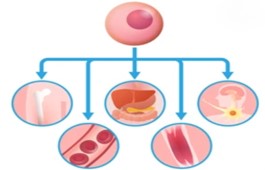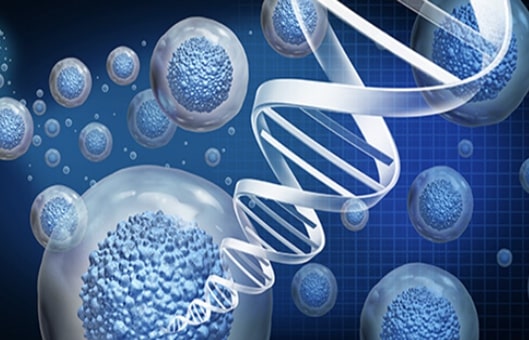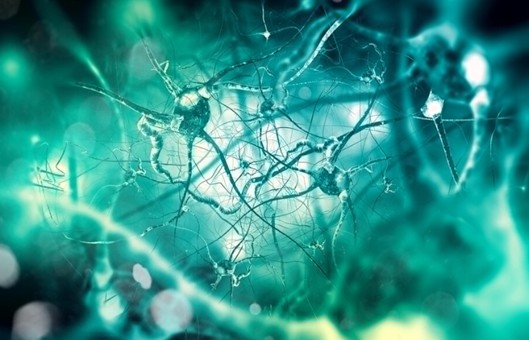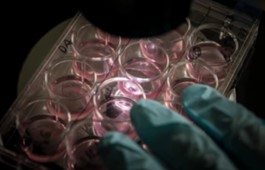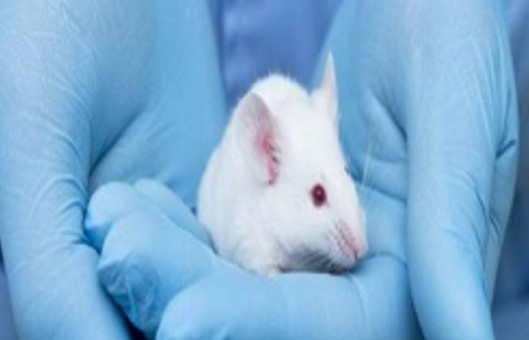3D Model of Neural Deformation for Drug Discovery
Trends in Pharmacological Sciences. 2023 Apr; 44 (4): 208-221.
Authors: Whitehouse C, Corbett N, Brownlees J.
INTRODUCTION
Neurodegenerative diseases [e.g., Alzheimer's disease (AD), Parkinson's disease (PD)] result in a huge global health burden. This is expected to increase with current trends in aging populations. In the past decade, there has been significant advancement in the understanding of complex in vitro 3D models and their recapitulation of the cellular microenvironment. These new and complex models take many forms, from spheroids and organoids to scaffold-based models and microfluidics. Novel 3D models, if characterized and validated in line with recommendations, could be implemented in many areas across drug discovery and development, from early target identification to toxicology screens.
3D Models of Neurodegeneration
- Neural organoids. Neural organoids (also known as cerebral organoids) are 3D 'mini-brains' derived from induced pluripotent stem cells (iPSCs), which recapitulate some of the structure and function of in vivo neural tissue. Neural organoids derived from ectodermal origin usually comprise neuronal subpopulations in co-culture with glial cells, including astrocytes and oligodendrocytes. The 3D structure of neural organoids also allows physiologically relevant deposition of neural extracellular matrix (ECM) proteins, including perineuronal nets (PNNs), which have been implicated in neurodegenerative pathologies.
- Neuro-spheroids. Neuro-spheroids are formed from aggregations of neural cell types (often neurons and astrocytes) developed through culture of cells in ultralow-attachment vessels. Like neural organoids, the 3D structure of neuro-spheroids allows cells to deposit physiologically relevant ECM proteins.
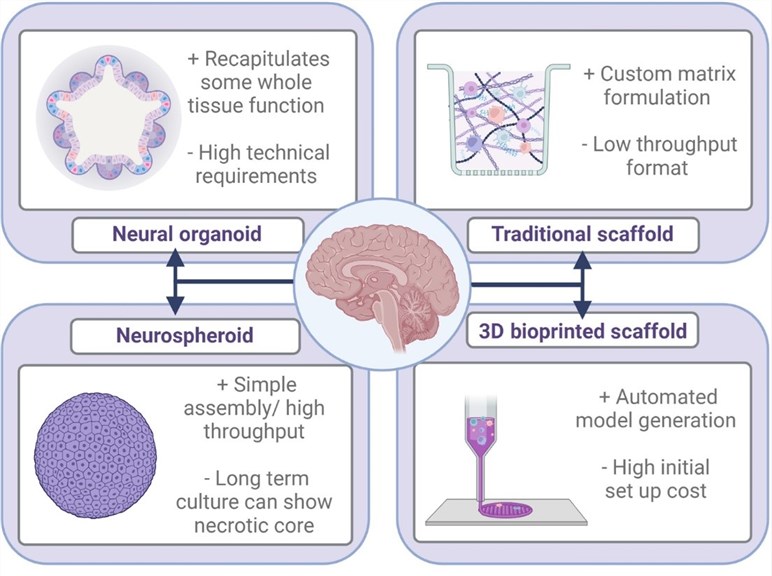 Fig. 1 Designs and benefits of 3D neural models. (Whitehouse C, et al., 2023)
Fig. 1 Designs and benefits of 3D neural models. (Whitehouse C, et al., 2023)
- Scaffold-based models. Scaffold-based models are an alternative type of 3D model that differ structurally from neural organoids and neuro-spheroids. Scaffold-based models comprise mature neural cocultures suspended in a porous synthetic or biological hydrogel matrix. Neural scaffold-based models often include ECM proteins representative of the brain to aid in cell binding and improve model translation, including laminins, collagens, and proteoglycans.
- 3D bio-printed models. 3D bioprinting is a new technology in the field of tissue engineering. Bioprinting is an additive manufacturing process with computer-aided design to assemble mixtures of cells with biological and synthetic materials in spatially controlled, tissue-like structures.
Applications in Drug Discovery
- There are four key areas across drug discovery and development that could benefit from the application of 3D models of neurodegenerative disease, early target identification, compound screening, toxicology and pharmacokinetics. However, no one type of 3D model is well suited for all stages of drug discovery and development. Thus, the type of 3D model must be carefully considered based on assay requirements at each stage.
- Gold-standard validation of novel 3D models of neurodegeneration for drug discovery should be across all five areas of dysfunction, protein aggregation, oxidative stress, metabolic dysfunction, synaptic pruning, and increased immune activation. In addition, there should be direct comparisons of neurodegenerative parameters with in vivo data from patients or, at minimum, from animal models.
RELATED PRODUCTS & SERVICES
Reference
- Whitehouse C, et al. (2023). "3D models of neurodegeneration: implementation in drug discovery." Trends Pharmacol Sci. 44 (4), 208-221.
